In the field of plastic product manufacturing, mold design is a pivotal factor determining product quality, performance, and production efficiency. Although both medical injection-molded products and daily necessities fall under the category of injection molding, they exhibit significant differences in mold design due to distinct application scenarios, performance requirements, and regulatory standards. A thorough understanding of these differences is of great importance for optimizing production processes, enhancing product quality, and meeting diverse market demands.
1. Differences in Material Property Adaptation
Medical injection-molded products often employ high-precision, high-performance specialty plastics, such as polycarbonate (PC) and polyetheretherketone (PEEK). These materials boast excellent biocompatibility, chemical stability, and mechanical strength, but also impose stricter processing conditions. Taking PC as an example, it has a relatively high melting temperature and poor fluidity. During mold design, it is crucial to precisely control the gate location, size, and runner layout to ensure the uniform and full filling of the mold cavity by the material, thereby avoiding defects like short shots and air bubbles. Meanwhile, to prevent material decomposition at high temperatures, the mold's cooling system design needs to be more refined, ensuring rapid and uniform cooling to maintain product dimensional stability.
Daily necessities, on the other hand, utilize a wide range of general-purpose plastics, including polypropylene (PP), polyethylene (PE), and polystyrene (PS). These materials have good fluidity and a relatively wide processing temperature range. In mold design, the requirements for gates and runners are relatively lenient, with the focus lying on balancing production efficiency and product appearance quality. For instance, when producing disposable plastic tableware, to enhance production speed, multi-cavity mold designs are commonly adopted. In such cases, the runner design should ensure uniform material feeding to each cavity while minimizing the runner length to reduce material waste.
2. Differences in Precision and Tolerance Requirements
Medical injection-molded products have extremely stringent precision and tolerance requirements, as their use in medical scenarios directly impacts patient health and safety. For example, precision components used in medical devices, such as syringe plungers and catheter connectors, may require dimensional tolerances controlled at the micron level. During the mold design phase, high-precision processing equipment and advanced manufacturing techniques, such as slow-wire electrical discharge machining (EDM) and conventional EDM, must be employed to ensure the dimensional accuracy and surface roughness of the mold cavity reach extremely high standards. Additionally, to guarantee consistent product dimensions, the mold's positioning system, guiding mechanism, and ejection system design need to be precisely calculated and optimized, reducing dimensional deviations caused by factors like mold wear and deformation.
Daily necessities have relatively lower precision and tolerance requirements, typically meeting basic functional and aesthetic needs. For example, common plastic toys and household items usually have dimensional tolerances in the millimeter range. In mold design, relatively simple structures and processing techniques can be adopted to reduce manufacturing costs. However, this does not mean that precision control can be neglected. It is still necessary to ensure the assembly precision and overall appearance quality of product components to meet consumers' daily usage requirements.
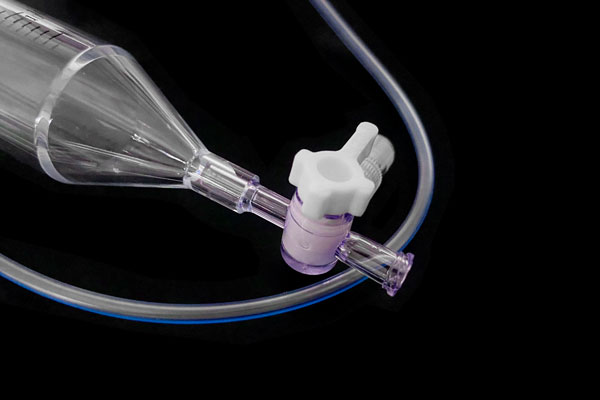
3. Differences in Surface Quality and Cleanliness Requirements
Medical injection-molded products have extremely high requirements for surface quality and cleanliness. Product surfaces must be smooth and flawless to avoid causing tissue damage or infection risks during use. During mold design, special surface treatment techniques, such as polishing and chrome plating, are required to improve the surface roughness of the mold cavity, ensuring the product surface achieves a mirror-like effect after injection molding. Meanwhile, to prevent the mold from generating dust, impurities, and other pollutants during the production process, the mold's sealing design and exhaust system need to be optimized, reducing the impact of external factors on product cleanliness. Additionally, strict cleaning specifications must be followed during mold manufacturing and assembly to ensure the mold itself is free from contamination.
The surface quality requirements of daily necessities vary depending on the product type. For some daily necessities with higher aesthetic requirements, such as cosmetic packaging containers, their surfaces need to have a certain degree of gloss and decorative properties. During mold design, corresponding texture designs and surface treatment techniques, such as etching and leather grain, are adopted to enhance the product's visual appeal. For some functional daily necessities, like plastic storage boxes, the surface quality requirements are relatively lower, with the focus on ensuring the product's structural strength and service life. In terms of cleanliness, daily necessities generally do not need to meet the stringent requirements of medical products. However, basic hygiene conditions still need to be controlled during the production process to prevent product contamination.
4. Differences in Structural Complexity and Functional Design
Medical injection-molded products often have complex structures and special functional requirements. For example, some micro-medical devices need to integrate multiple functional components, such as sensors and microchannels. During mold design, full consideration must be given to the molding process and assembly relationship of these components. To achieve the injection molding of complex structures, complex mold structures, such as multi-component molds, slides, and lifters, are often adopted to ensure accurate molding and smooth demolding of each part of the product. Meanwhile, to meet the product's functional requirements, such as sealing and electrical conductivity, mold design also needs to be closely integrated with material selection and post-processing techniques for comprehensive optimization.
The structural complexity of daily necessities is relatively lower, with simplicity and practicality being the main focus. For example, common plastic cups and hangers usually have regular geometric shapes, and their mold designs are relatively simple. However, with the increasing demand for product functionality and personalization among consumers, the structural design of daily necessities is also gradually becoming more complex. For instance, some intelligent daily necessities integrate electronic components and sensors. During mold design, factors such as the installation position of electronic components, wiring space, and connection methods with plastic parts need to be considered. But overall, their complexity is still much lower than that of medical injection-molded products.
5. Differences in Regulations and Standards Compliance
The production of medical injection-molded products is subject to strict regulations and standards, such as the U.S. Food and Drug Administration (FDA) regulations and the European Union's CE certification. These regulations and standards impose detailed and stringent requirements on product materials, production processes, and quality control. During the mold design phase, full consideration must be given to the requirements of these regulations and standards to ensure the mold design can meet the product's compliance requirements. For example, the mold material selection must comply with the safety standards for food contact materials, and the mold design should facilitate product cleaning and disinfection to prevent cross-contamination.
Although the production of daily necessities also has certain standards and norms, the regulatory intensity and standard requirements are relatively more lenient compared to medical products. There are some differences in the standards for daily necessities among different countries and regions, but generally, they place more emphasis on the basic safety performance and functional use of products. During mold design, it mainly follows industry general standards and the enterprise's internal quality control requirements, without the need for such strict and comprehensive regulatory compliance as medical products.
In conclusion, there are numerous significant differences in mold design between medical injection-molded products and daily necessities. These differences stem from the different application scenarios, performance requirements, and regulatory standards of the products. In actual production processes, scientific and reasonable mold design schemes should be formulated according to the specific characteristics and requirements of the products to ensure product quality, improve production efficiency, and meet market demands. With the continuous advancement of technology and the increasing perfection of industry standards, mold design techniques will also continue to innovate and develop, providing stronger support for the production of medical injection-molded products and daily necessities.
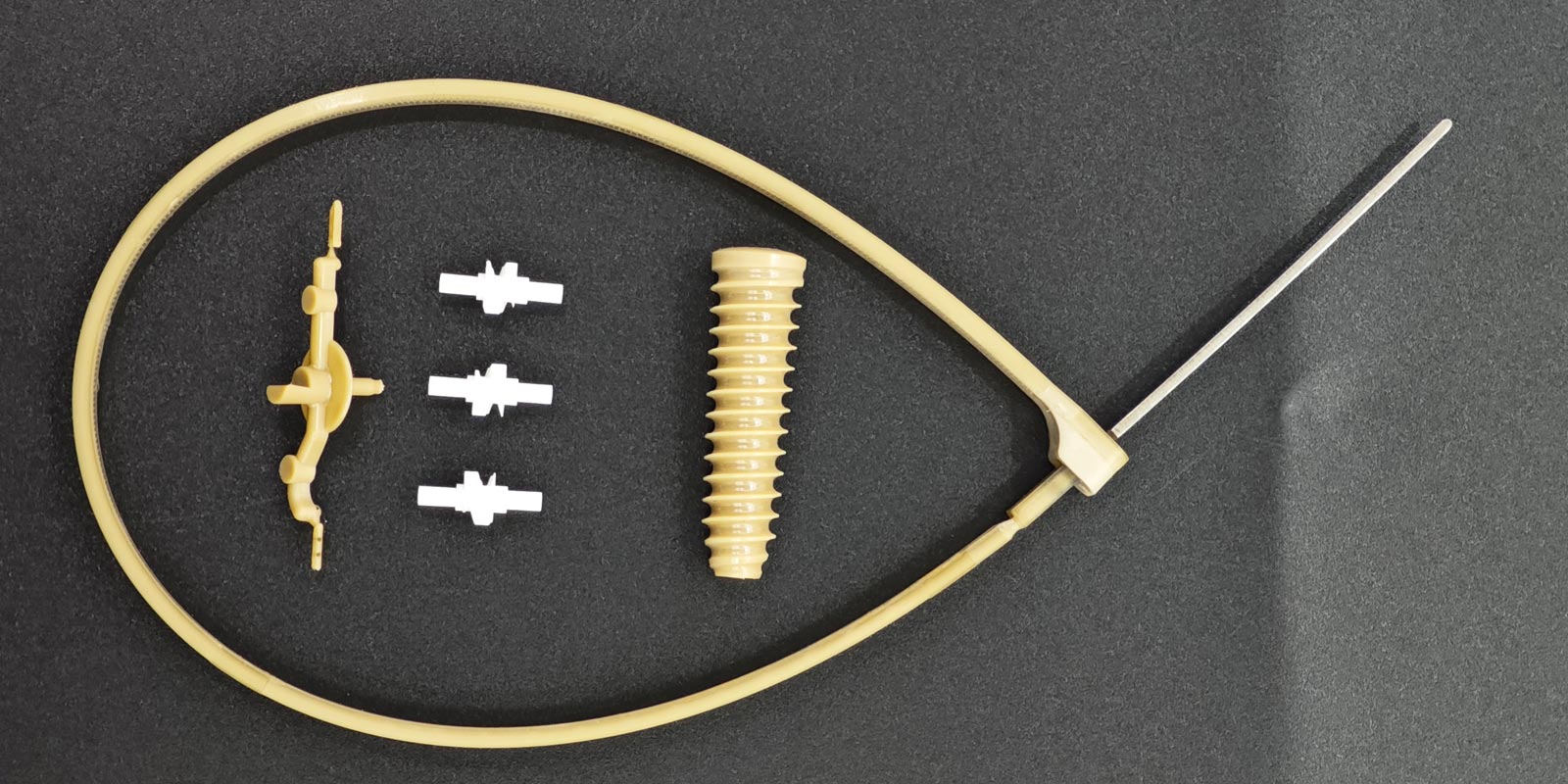
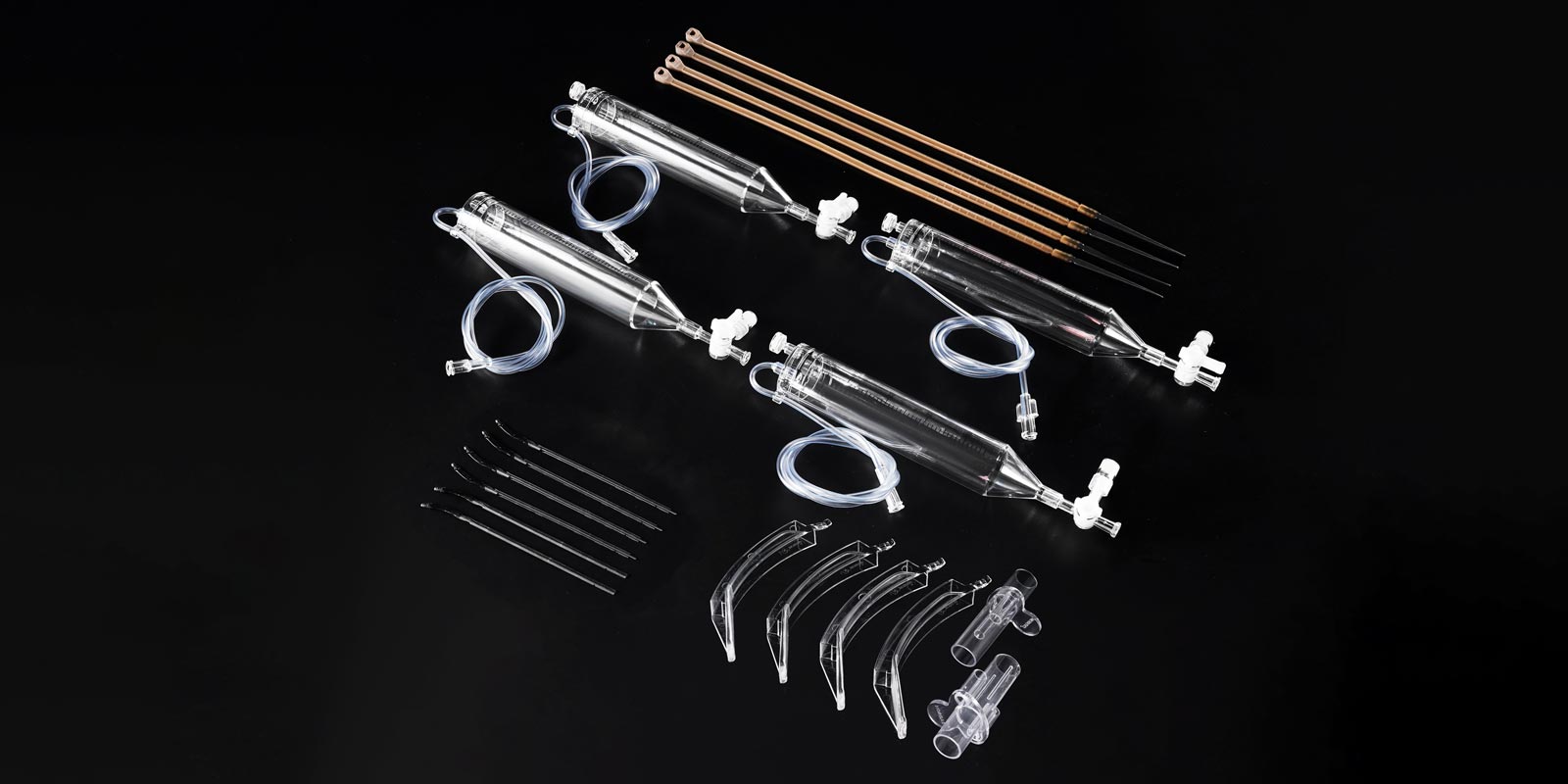
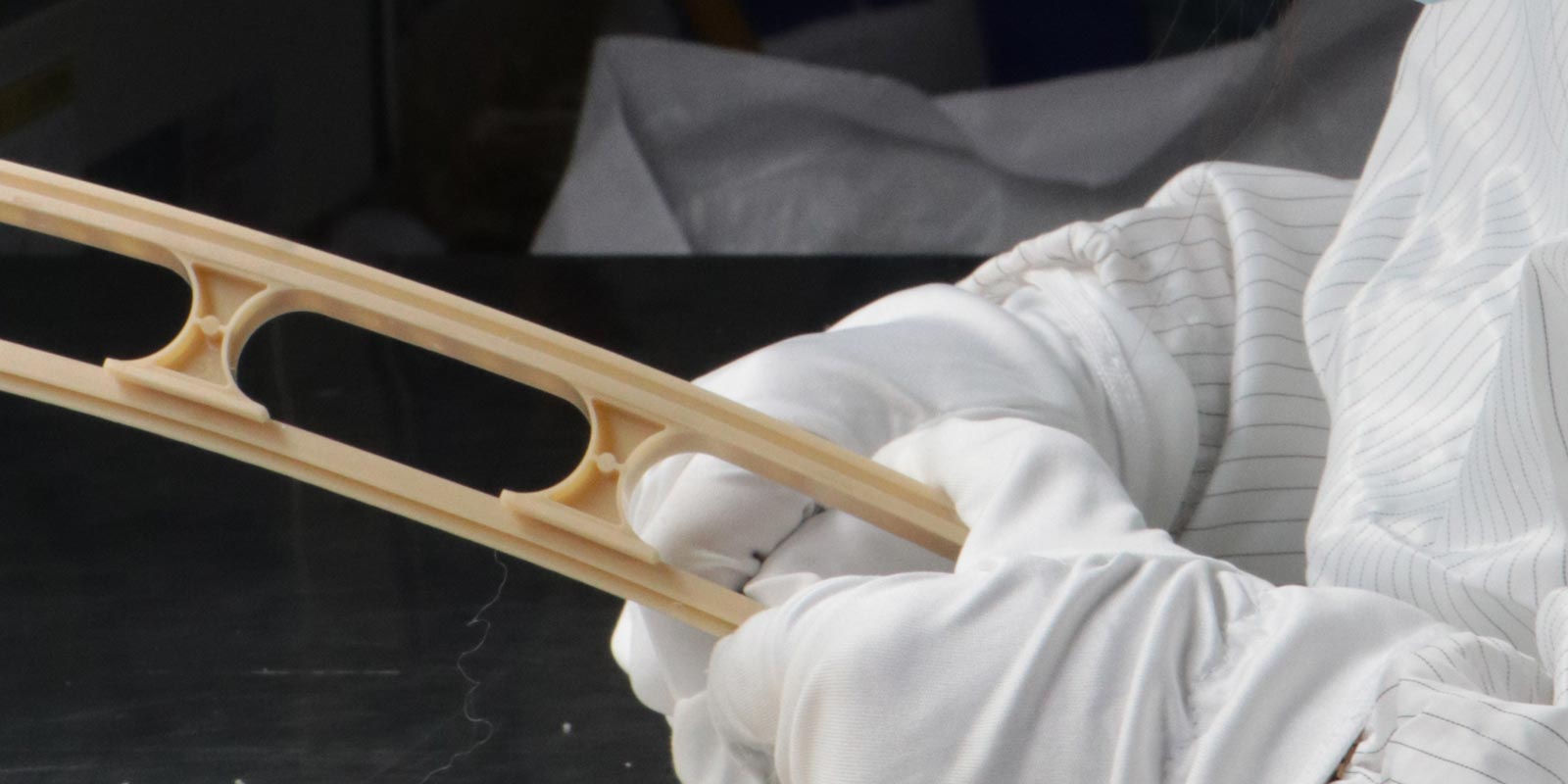
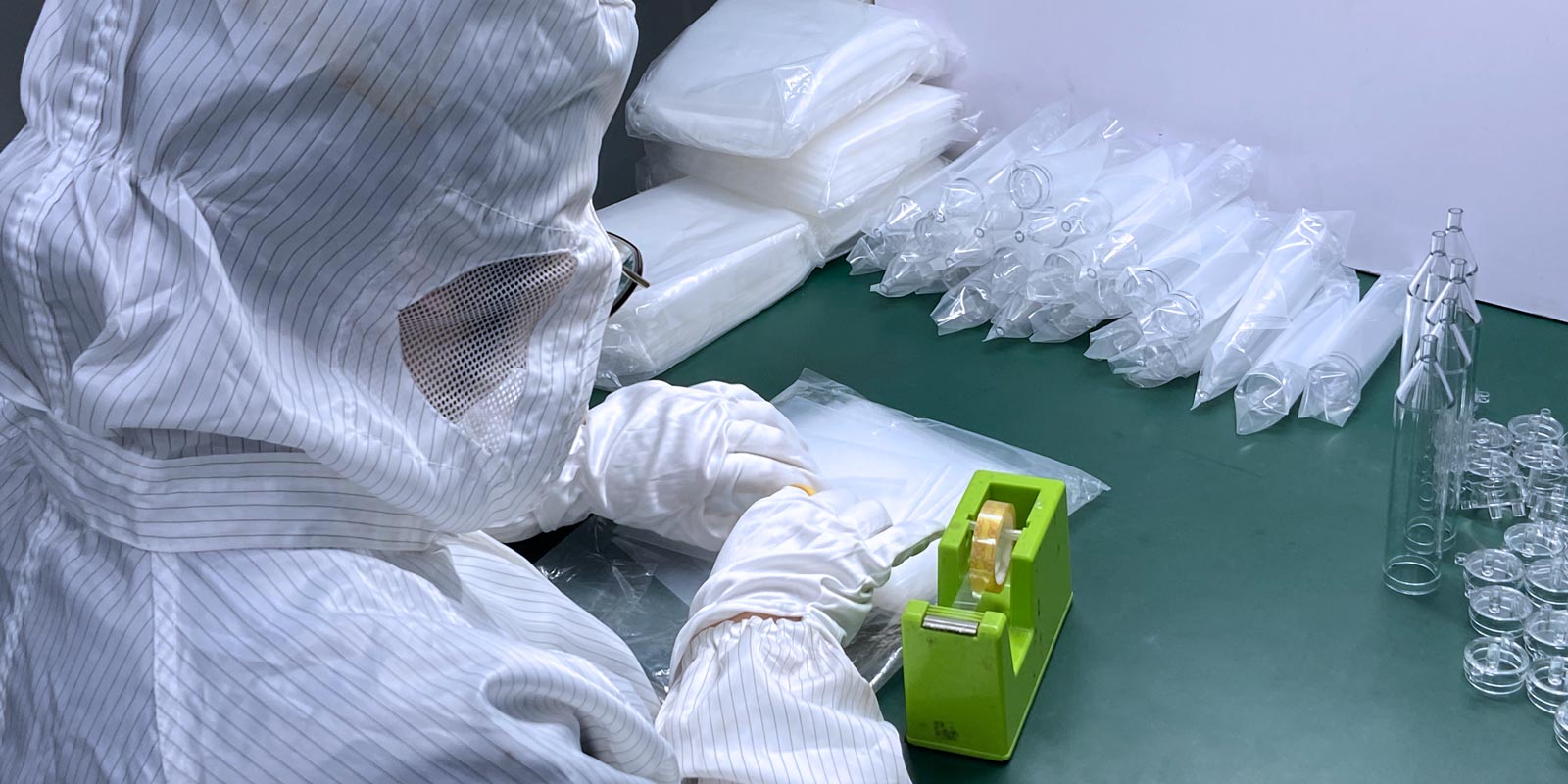
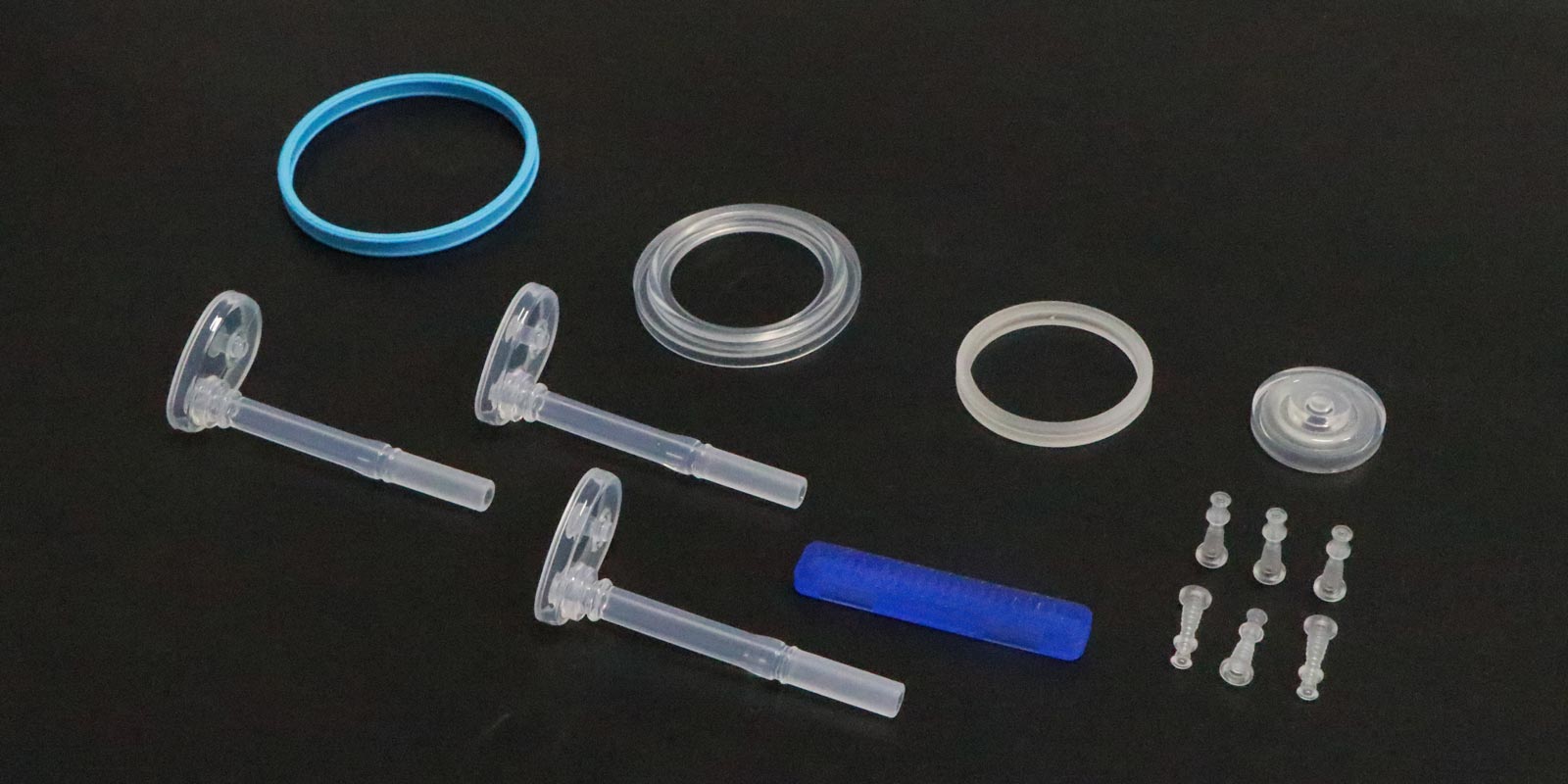
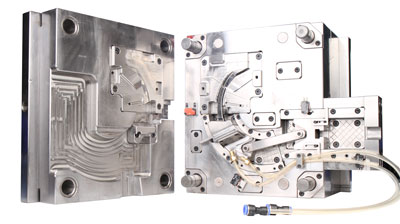
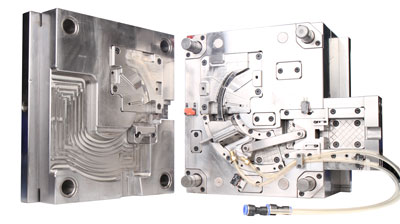
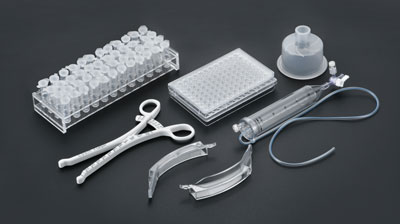








 Home
Home
